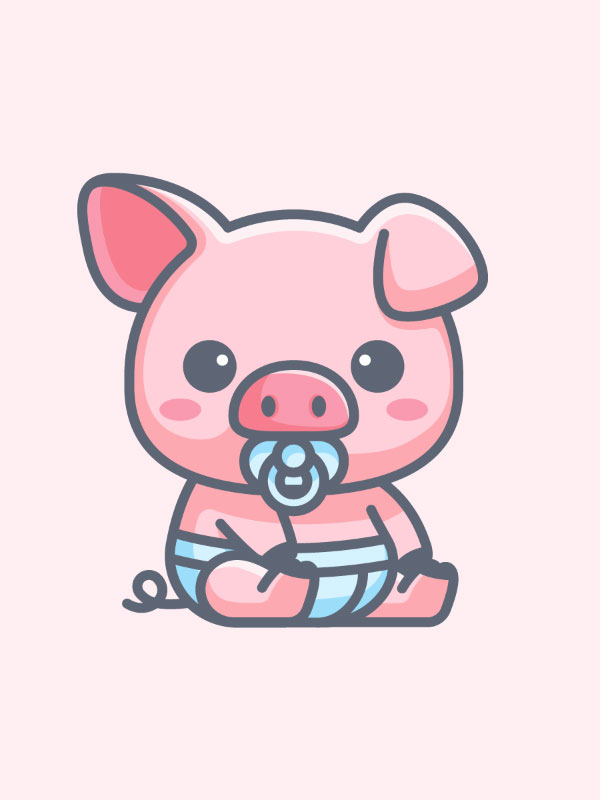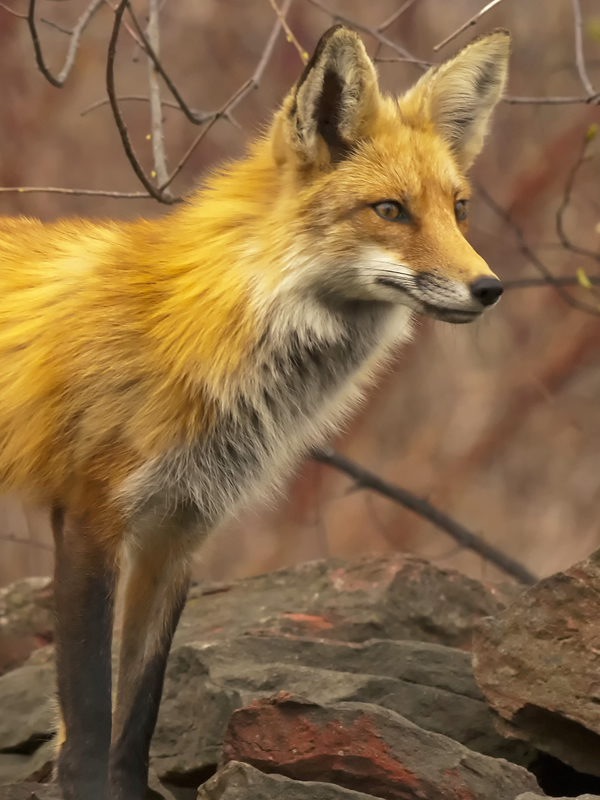ゲストさん!GWですね♪
掲載店146店 女の子6,056人
サンプル店舗(マニュアル用)(納屋橋/イメージヘルス)
電話番号:000-0000-0000 / 営業時間:10:00〜24:00 ※当日朝9時より電話予約受付中
お問い合わせは「夜遊びガイド見た」で!

名前
たぬき (本物)
年齢
28歳
サイズ
T45・B32(F)・W30・H33
タイプ
癒し系
性格
天然
プレイ・フェチ
現役学生
5月7日(火)
10:00〜
22:00まで

5月8日(水)
未定
5月9日(木)
10:00〜
22:00まで
5月10日(金)
10:00〜
22:00まで
5月11日(土)
未定
5月12日(日)
10:00〜
22:00まで
5月13日(月)
10:00〜
22:00まで
The IUCN places the raccoon dog at "least concern" status due to the animal's wide distribution in Japan and abundant population, including as an introduced species throughout northeastern Europe. In many European countries, it is legal to hunt raccoon dogs, as they are considered a harmful and invasive species.
This species is rarely exhibited in zoological parks. For example, only two zoos accredited by the American Zoo and Aquarium Association – Zoo Atlanta in Atlanta, Georgia, and the Red River Zoo in Fargo, North Dakota – currently exhibit this species in the United States. The Hangzhou Zoo in China and the River Safari in Singapore also have Japanese raccoon dogs. In the UK, Chew Valley Animal park near Bristol in the South West of England has a breeding pair.
| 形態 | 体重3-6kg,季節差が大きく,晩秋に最大となる.尾長18cm程度を含む全長70-80cm,後肢長10-11cm,耳長4-5cm,性的二型はほとんど見られない.耳はやや丸く,目の回りに黒いマスクがあり,肩や足も黒い.毛色は薄いグレーから褐色または濃い灰色まで,バリエーションがある.歯は基本的にイヌと同じ3/3-1/1-4/4-2/3=42.足の指は5本だが,地面に付くのは4本(足跡はイヌと類似). | ||
| 生息環境 | 主な生息地は,都市郊外から里山・低山にかけての,ある程度人の手の加わった地域で,緑地が連続している里地里山の林縁部を好む.東京23区や名古屋市中心部などにも生息する一方,標高2000m級の亜高山にも生息する.個体群密度は「西高東低」で,北海道は少ないと思われる. | ||
| 食物 | おもに果実や昆虫などの無脊椎動物を食べる好機主義的雑食性.量的には植物食を中心として,春には草本植物も食べ,夏から秋にかけて昆虫やミミズなどが多い.カキやイチョウの果肉は秋の重要な食物.地域によっては魚や甲殻類,小型哺乳類,大型獣の死骸,残飯や生ゴミも食べる. | ||
| 繁殖 | 2-4月に交尾,受精可能期間は数日で,約2ヵ月の妊娠期間を経て,平均4-6頭を出産し,雌雄ともに子育てに参加する. | ||
| 社会性 | 基本的に一夫一妻で,社会構成単位のペアは通年行動をともにする.他個体への許容性が高く,毎日の餌付けなどで10頭を越える空間グループを形成することがある. | ||
| 感覚 | 臭覚および聴覚に優れていると思われる.視覚はあまり良くはないが,動くものは動かないものより捉えられる. | ||
| 運動能力 | 一芸に秀でていない代わりに,一応何でもこなす.木も登り,爪や指が掛かればフェンスも登ることができる.地面は体が通るくらいは掘り下げることができる.泳ぎも問題なく,狭いところを通り抜けることが得意. | ||
| 被害をおよぼす作物の範囲 | |
| 穀類 | ◎トウモロコシ ○コメ △デントコーン |
| 芋類 | ◎サツマイモ ○バレイショ ○ヤマイモ △タロイモ |
| 豆類 | ○ダイズ △エダマメ △ソラマメ △ラッカセイ |
| 果物 | ◎スイカ ◎温州ミカン ◎ブドウ ◎イチゴ ○メロン ○ナシ ○モモ ○ビワ △キンカン △キーウイ △イチジク △スモモ △カキ △リンゴ △ウメ △クリ △クワの実 |
| 野菜 | ○トマト ○キュウリ △キャベツ △カボチャ △タマネギ △ナス △ウリ ?食用菊 |
| 根菜 | ◎ミニニンジン △ダイコン |
| その他 | ◎濃厚飼料(牧場・畜舎) △ヤマメ(養魚場) △ニワトリ(養鶏場) △鶏卵 △カモ ?シイタケ |
| ◎よく被害が起こる、○被害が起こる、△たまに起こる、?不明 | |
| 同じ作物でも品種や出来によって甘いものは被害にあいやすい。 | |

こぶた
1才


きつね
26才
(納屋橋/イメージヘルス)
サブ紹介文
サブ紹介文